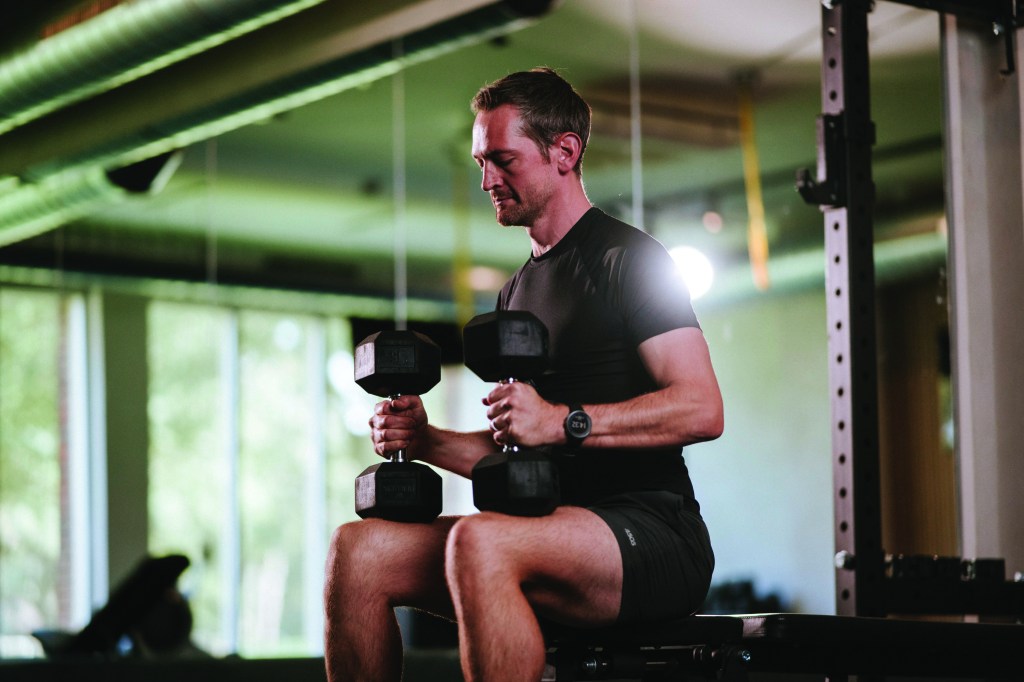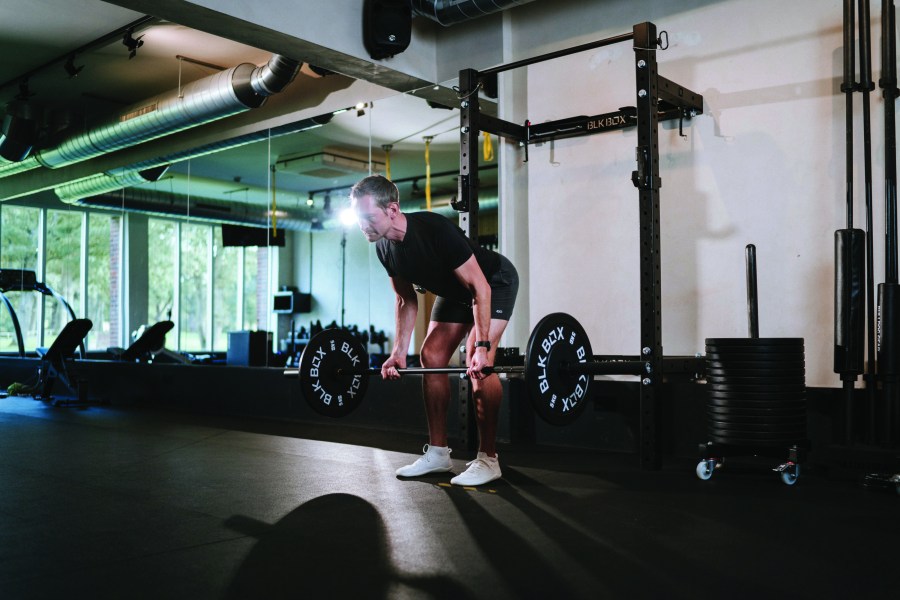Far from being the preserve of elite athletes, visualisation can help anyone improve their performance. Rob Kemp discovers how we can all unlock peak performance with visualisation
Visualisation is the much-vaunted mental technique used by athletes to enhance performance, build confidence, and manage pressure.
“Sometimes, in the morning I visualise who I want to be for that day,” Newcastle and England footballer Anthony Gordon, revealed during a recent training camp.
But the act of mentally rehearsing movements, techniques, and scenarios to improve execution and consistency isn’t solely for the top 1% of athletes though.
“Sure, the tools of visualisation are great for those playing on a world stage,” says Maya Raichoora, author of Visualize: Think, Feel, Perform at the Top 1%. “But it’s also very applicable to people getting into fitness, running marathons, or just going to the gym.”
By vividly imagining scenarios and success, athletes and sportsmen across a range of disciplines can prime their muscles and nervous system to respond as if they’ve already performed the action.

Applying visualisation
Raichoora has studied champions mindsets, interviewing some of the world’s G.O.A.Ts including Phelps, the footballer Ronaldo, and gymnast Simone Biles.
“I’ve found that if you’re not using visualisation, you’re at a massive disadvantage,” she tells Men’s Fitness. “You can literally make incredible things happen by rewiring your success, confidence, techniques, and skill set.” Raichoora examines five types of visualisation:
- Outcome: Focusing on the desired result to clarify goals and boost motivation.
- Process: Mentally rehearsing the steps required to achieve a goal, enhancing preparedness, performance and reducing anxiety.
- Creative: Using imagination to feel, manage and release emotions or physical sensations.
- Negative: Contemplating potential challenges or setbacks to build resilience and develop contingency plans.
- Explorative: Using imagination to picture new ideas or solutions, fostering innovation and problem-solving skills.
“Most people only know about outcome visualisation and, to some extent, process visualisation, but no one really talks about the other three. For sports, particularly, outcome and process are going to be your best friends, but negative visualisation can also be very useful.”
According to Raichoora, visualisation works because the brain struggles to differentiate between what’s real and imagined. “So, say you’re lifting 100kg at the gym, and you visualise yourself lifting 110kg repeatedly. Your brain starts to create neural pathways that say, ‘I can lift 110kg.’ Then, when you’re at the gym, instead of doubting yourself, you’re much more likely to go for it.”
Deep dive visualisation technique
Maya Raichoora on how to tap into visualisation for success in any sport
1. Prepare
- Find a comfortable position and close your eyes.
- Release tension by moving your body slightly.
- Take five deep breaths and settle into stillness.
2. Immerse yourself in the environment
- Picture the exact setting where you’ll perform (track, gym, field, court, road).
- Notice the details—smells, sounds, temperature, and textures.
3. Visualise movements in detail
- See yourself performing the activity step by step.
- Focus on body mechanics: leg movement, arm position, focus points.
- Imagine every adjustment and position with precision.
4. Build momentum
- Feel the energy of the performance.
- Imagine the rhythm and flow—how does improvement look (1% or 10% better)?
- Rehearse the action repeatedly until it feels natural.
5. Engage emotionally
- Tap into the feeling—adrenaline, determination, strength.
- Visualise overcoming challenges and pushing through tough moments.
6. Finish with focus
- Once the visualisation feels strong, take five deep breaths.
- Sit in a moment of stillness before gently opening your eyes.
• Maya Raichoora will be at the Wellnergy Festival Wimbledon Park, London, 13th-14th June







